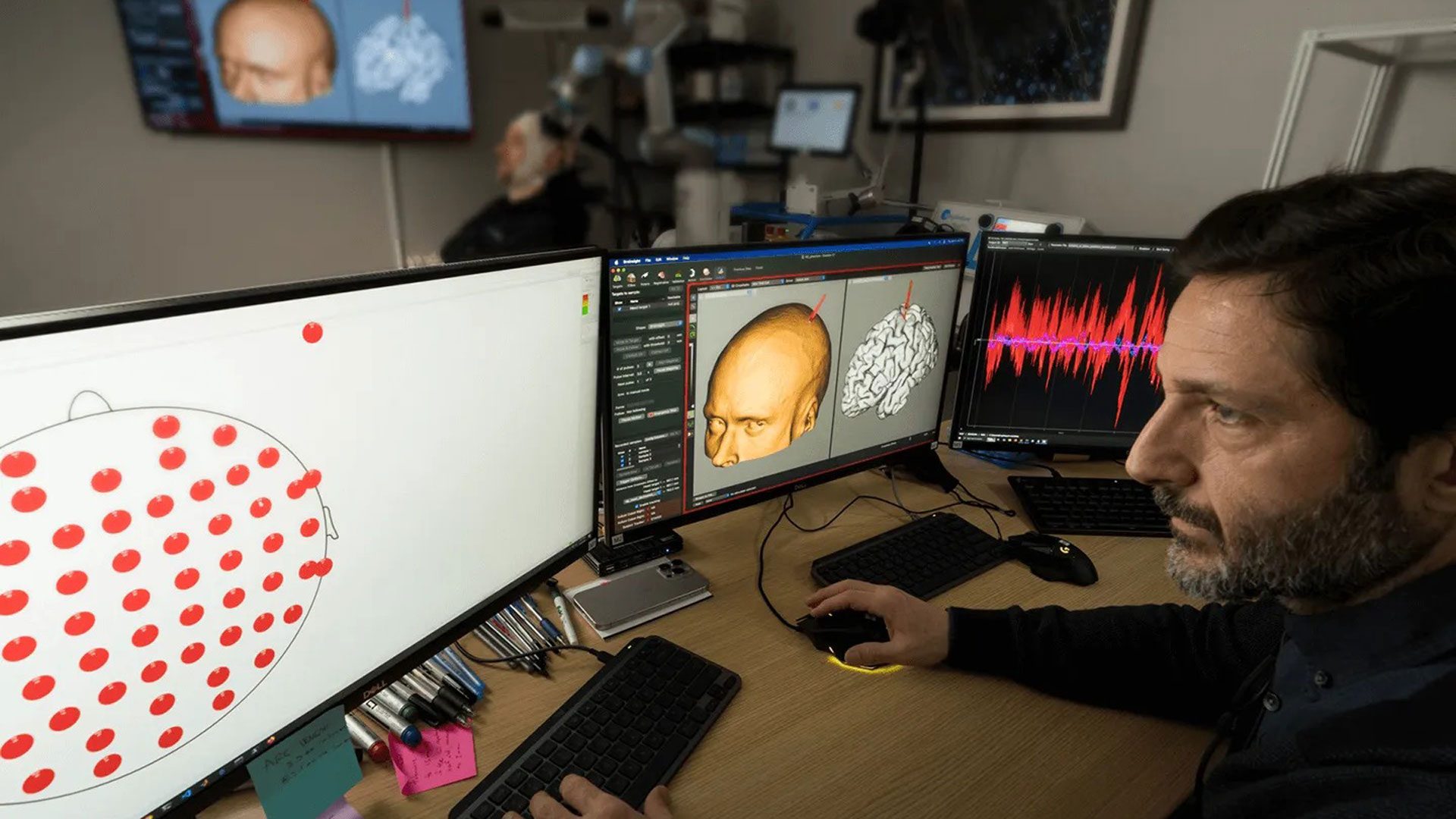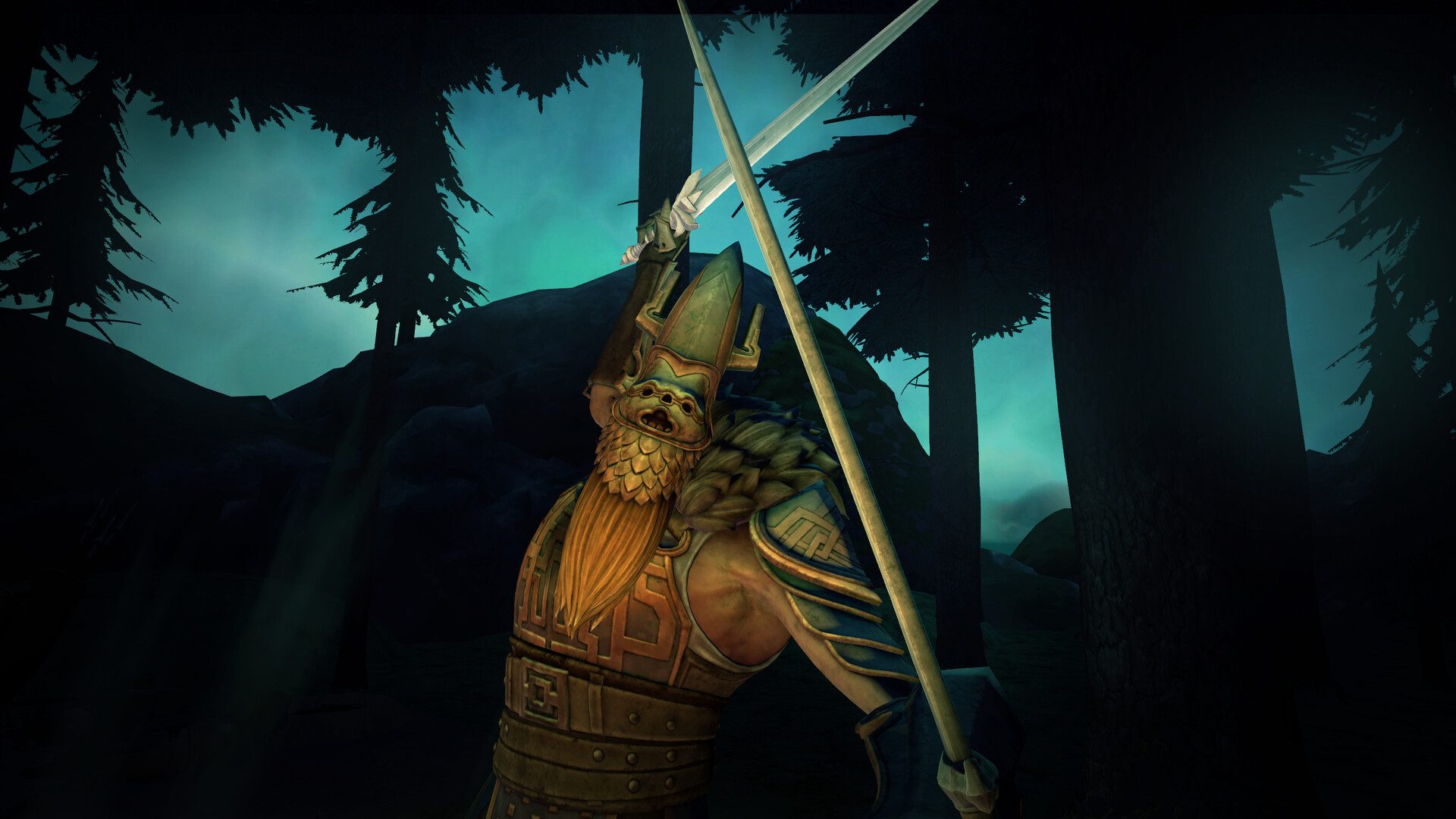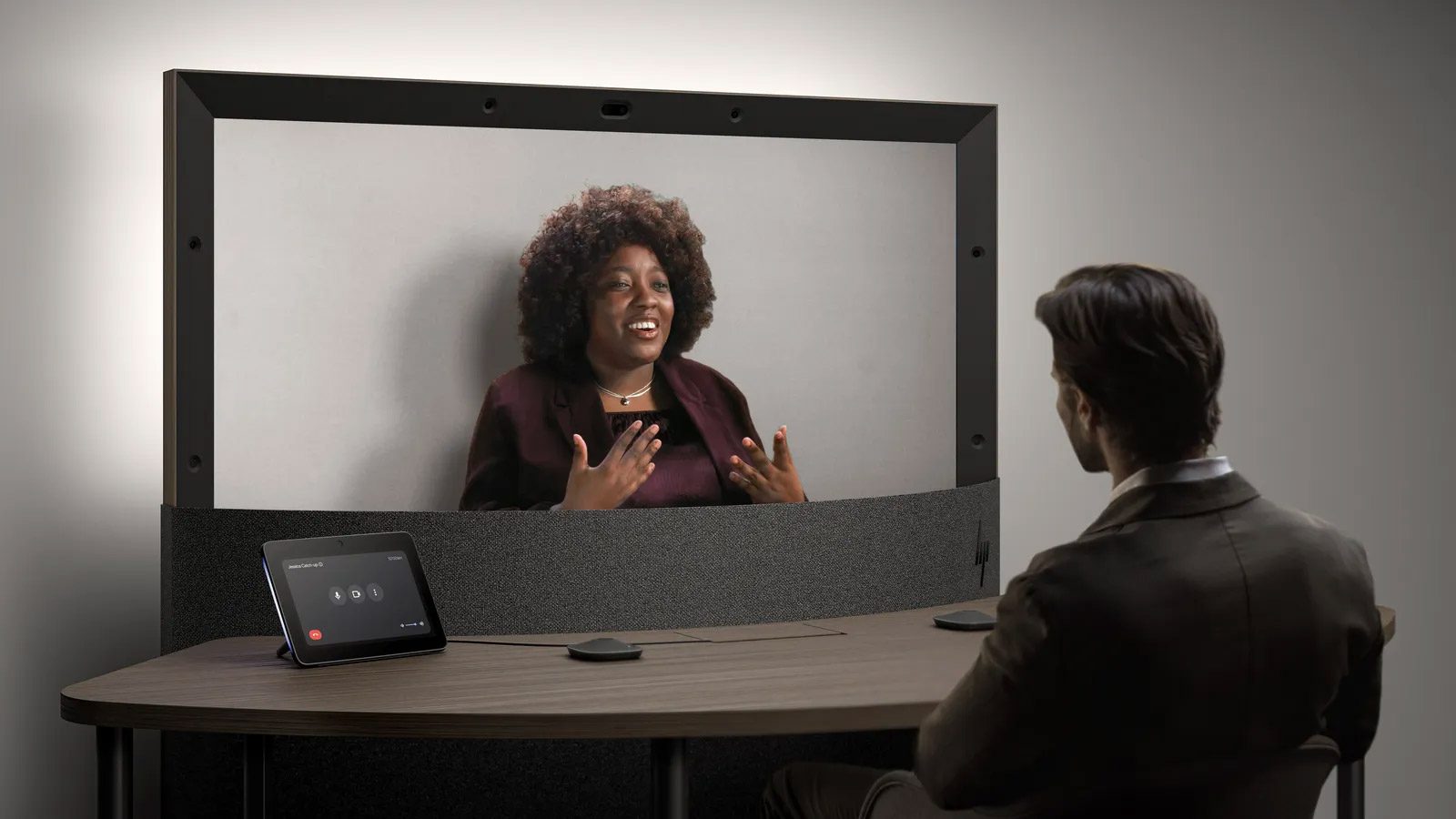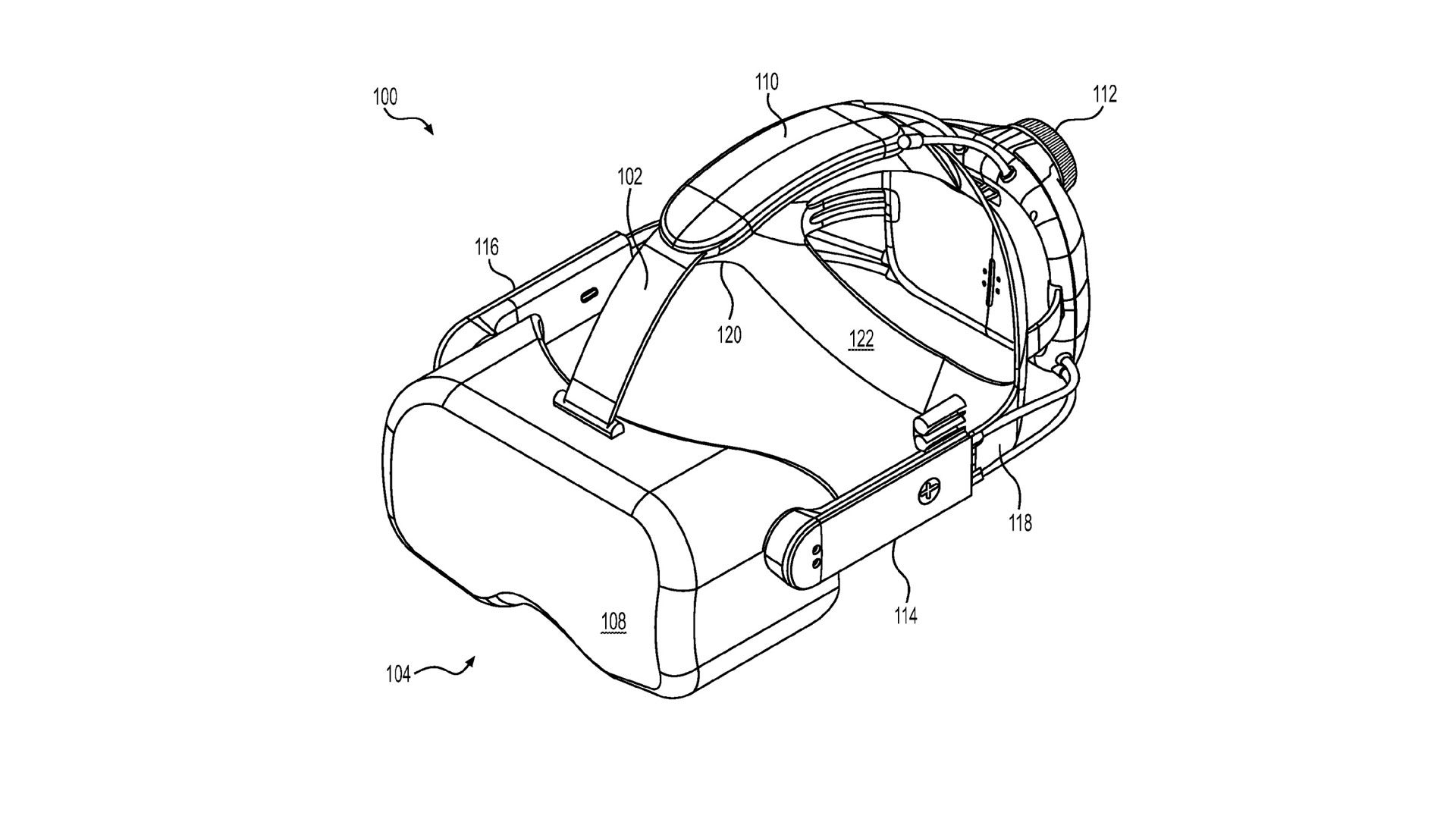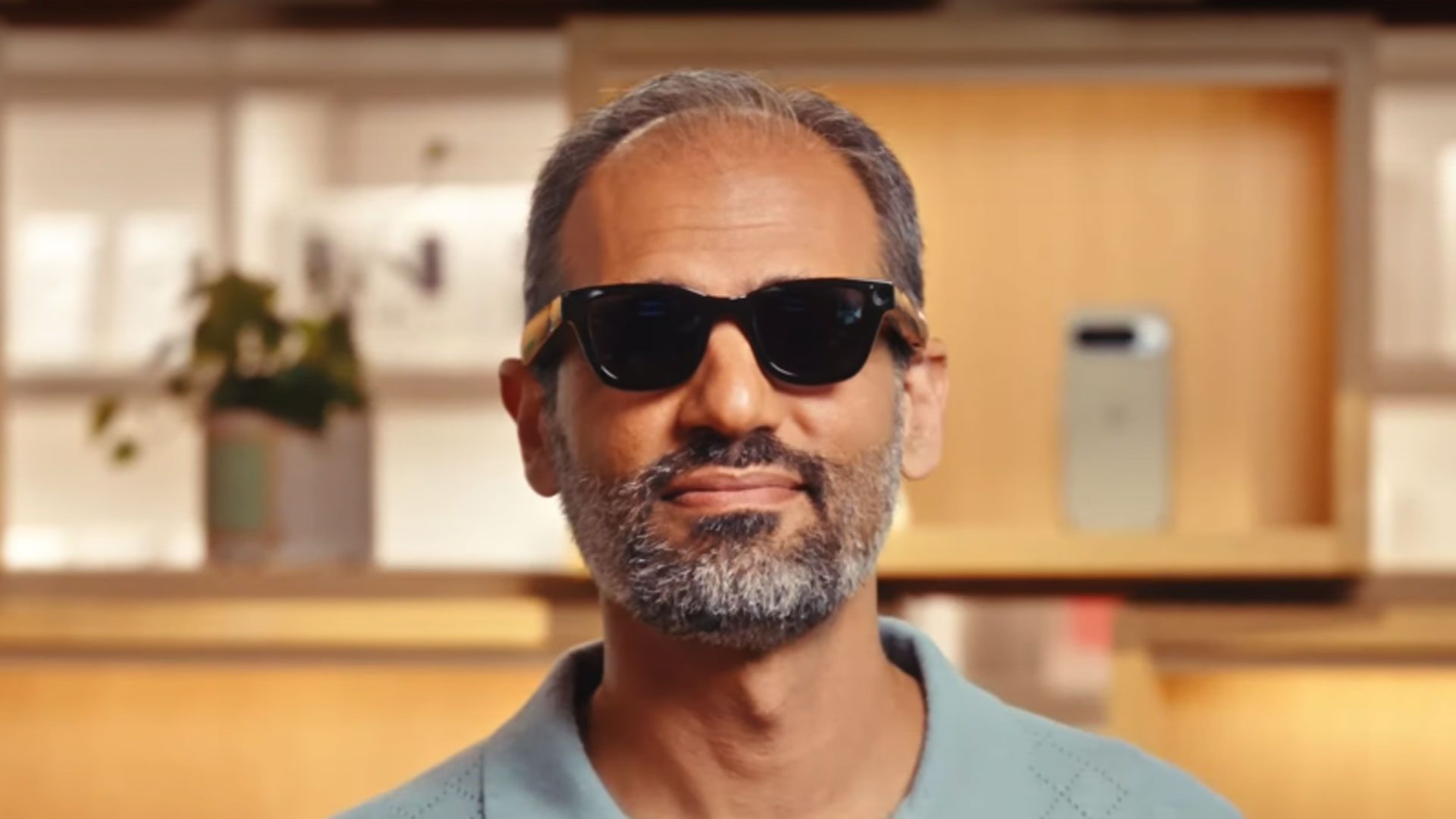Every year, Shigeru Miyamoto, the legendary mind behind many of Nintendo’s best-loved games, takes time to address new employees. His goal? To share the core values of the company and offer insights into what makes a great video game. At the Financial Results Briefing this month, Miyamoto fielded a question from an inquisitive investor curious to know the highlights of his yearly talk.
The investor wondered, “I read that each year Mr. Miyamoto talks to new recruits. What do you focus on in these discussions? Additionally, I’d like to know about your succession strategy from a creative angle. From my perspective, your continued success seems tied to your unique genius. How do you pass on the essential principles of game creation, and do you feel your approach is effectively being instilled in others at the company?”
With characteristic humility, Miyamoto replied, “Even though you called me a ‘genius,’ I see myself as quite ordinary. My talks typically engage 100 to 200 new team members, whether they’re fresh graduates or mid-career hires. A common reaction afterwards is that they’re relieved to find out I’m pretty down-to-earth. Personally, I often daydream about not having to work at all, and contemplate how work can be made more efficient—and frankly, more enjoyable. If a project becomes a hit, it tends to make future tasks smoother. In my talk, I dive into these creative challenges.”
Miyamoto’s annual presentation is thoughtfully structured into three segments. The first offers a nostalgic journey through Nintendo’s history, starting from hanafuda playing cards through to the toys and finally reaching today’s entertainment behemoth. The second segment highlights Nintendo’s game creation ethos and its unique strengths. This part often involves a fascinating look back at the development of their game controllers, sparking nostalgia for many. The final segment shifts the focus to game design. Many aspiring game developers come in wanting to create the next big version of their favorite games, but Miyamoto emphasizes that real game design involves a fresh perspective.
“Game design,” he explains, “is about observing the world around us and creatively weaving those elements into a compelling gaming experience.” It’s about the planning process, choosing the right hardware and development environment, and testing its limits to see if a game can come to life within those constraints. Attendees often find this perspective eye-opening as it challenges their preconceptions about game design and aligns with Nintendo’s philosophy of product innovation.
Although the talk is only two hours long, Miyamoto sees the Nintendo Museum as an invaluable resource for employees to deepen their understanding of the company’s storied past and its creative triumphs.
Shinya Takahashi, a key producer at Nintendo, complements Miyamoto’s influence by encouraging producers to bring their own unique expertise to the table. By listening and collaborating closely with Miyamoto, they find ways to apply his insights to their creative processes. These ideas are then woven into their own development teams’ activities, fostering a culture of innovation inspired by Miyamoto’s philosophy.































